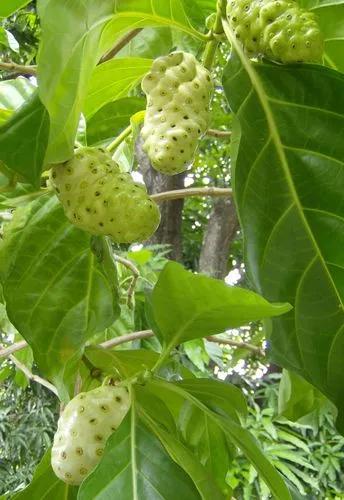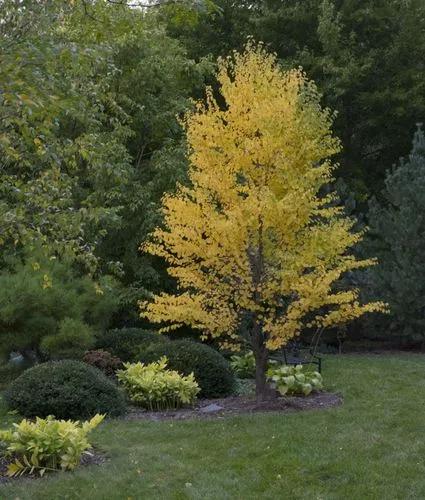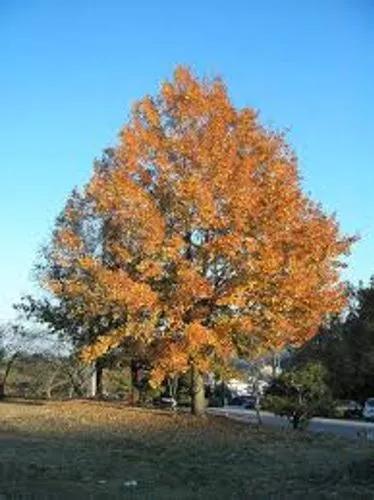Quercus geminata, commonly called sand live oak, is an evergreen oak tree native to the coastal regions of the subtropical southeastern United States, along the Atlantic Coast from southern Florida northward to southeastern Virginia and along the Gulf Coast westward to southern Mississippi, on seacoast dunes and on white sands in evergreen oak scrubs.
Live Oak Care
Quercus Geminata



A small- to medium-sized tree, the sand live oak is scrubby and forms thickets. The bark is dark, thick, furrowed, and roughly ridged. The leaves are thick, leathery, and coarsely veined, with extremely revolute margins, giving them the appearance of inverted shallow bowls; their tops dark green, their bottoms dull gray and very tightly tomentose, and their petioles densely pubescent, they are simple and typically flat with bony-opaque margins, having a length of 0.75–4.5 inches (2–12 cm) and a width of 0.2–1.5 inches (0.5–4 cm).
The male flowers are green hanging catkins. The acorns are small, 0.5–1 inch (1–2.5 cm), oblong-ellipsoid or ovoid, and are commonly born in pairs on peduncles of varying lengths.
How to Care for the Plant

Popularity

201 people already have this plant 13 people have added this plant to their wishlists
Discover more plants with the list below
Popular articles






